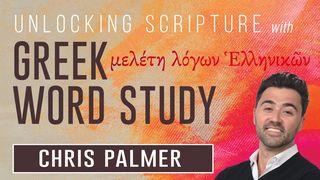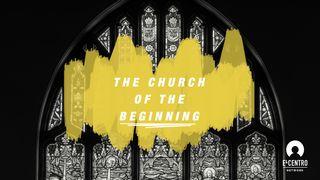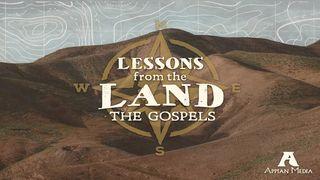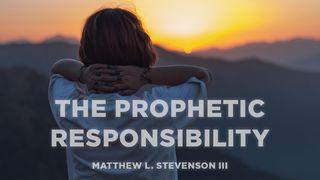An In-Depth Study On Messianic ProphecySample
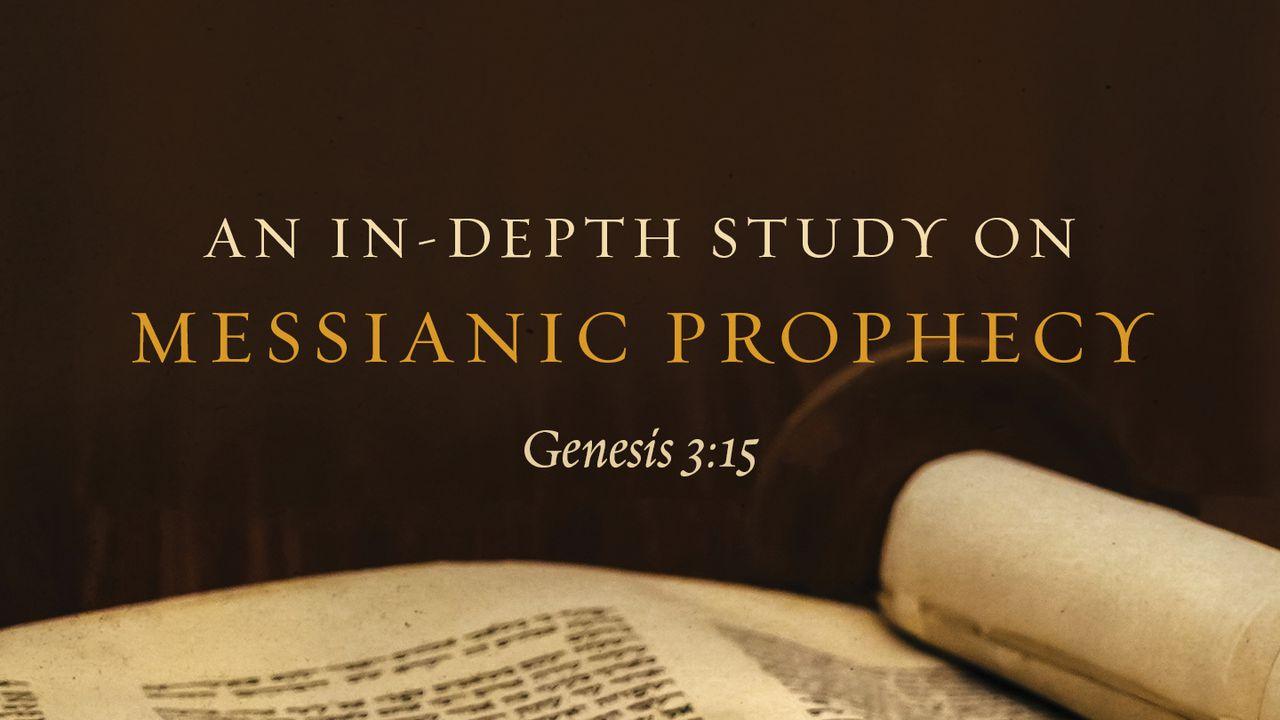
Is this curse in Genesis 3:15 about snakes or Satan? Is the seed of the woman about humanity or the ultimate human—the Messiah? Recently scorn has been poured on the idea that this verse points to the Messiah, but careful study of the verse in the context of the wider story of Genesis, and the Pentateuch as a whole, leads to the inevitable conclusion that it is indeed messianic. Far from being a human struggle with snakes or even an ongoing battle between good and evil, this verse is intrinsic to the overarching Torah story of messianic victory to come.
The messianic interpretation of Gn 3:15 since the time of the Reformation has fallen on hard times. John Calvin, though not denying the prophetic trajectory of this verse, clearly rejects the messianic interpretation of this verse. In his words,
I interpret this simply to mean that there should always be the hostile strife between the human race and serpents, which is now apparent; for, by a secret feeling of nature, man abhors them.
Similarly, John Walton, argues against the messianic interpretation when he write,
Throughout the history of the church, this has been read as the first foreshadowing of Christ’s defeat of Satan. . . . Given the repetition of the verb and the potentially mortal nature of both attacks, it becomes difficult to understand the verse as suggesting an eventual outcome to the struggle. Instead, both sides are exchanging potentially mortal blows of equal threat to the part of the body most vulnerable to their attack. The verse is depicting a continual, unresolved conflict between humans and the representatives of evil.
Perhaps the first seeds of doubt were planted in the Church when Rashi, the famous medieval Jewish commentator, challenged the common notion that the serpent suffers the more fatal blow, and consequently, assumes the triumph of the seed of the woman over the serpent. Given the fact, however, that snakes are often poisonous, and since snakes crawl on the ground, it is a natural phenomenon that snakes kill people by striking them on the heel. In Rashi’s words, “You shall not have height, so that you will bite him on his heel, but even from there you will kill him.” Rashi’s understanding of equally mortal blows even appears to be confirmed within the book of Genesis itself: “He will be a snake by the road, a viper beside the path, that bites the horses’ heels so that its rider falls backward” (Gn 49:17). This simple, yet devastating (to the traditional understanding of the verse) observation, led many to the conclusion that Gn 3:15 is no more than an etiological explanation for a natural phenomenon: the endless hatred between humans and snakes.
The purpose of this article is to defend the messianic interpretation of this verse, showing that it does indeed speak of the Messiah to come, by means of a careful reading of Gn 3:15 within its immediate and larger literary context. Though the rejection of the messianic interpretation was done in the name of the grammatical-historical method, the etiological and other non-messianic interpretations of this verse suffer from a failure to appreciate the significance of this verse within its larger literary context. In what follows, we will look at Gn 3:15 within progressively wider literary contexts in order to demonstrate that the messianic interpretation has very strong textual support, and leaves theories limited to the origins of ophidiophobia in the dust. Three junctions in the Genesis story will receive our concentrated attention: The fall narrative in Gn 3 will be analyzed in comparison to Gn 4 (the story of Cain), then to Gn 9 (Noah), and finally to Gn 49 (Jacob blessing his sons). This analysis will show that an appreciation of the wider story told throughout Genesis can only lead to one conclusion: the literary trail of Gn 3:15 within the Book of Genesis leads to the Messiah.
Scripture
About this Plan

Does Jesus exist only in the New Testament? Can we confidently say Jesus was the messiah spoken of in the Old Testament? This 5 day, in depth study will plunge into Messianic Prophecy in the Old Testament with Gen. 3:15. Learn how to find Jesus in the Old Testament!
More
We would like to thank Moody Publishers for providing this plan. For more information, please visit: https://www.moodypublishers.com/books/bible-study-and-reference/the-moody-handbook-of-messianic-prophecy/

